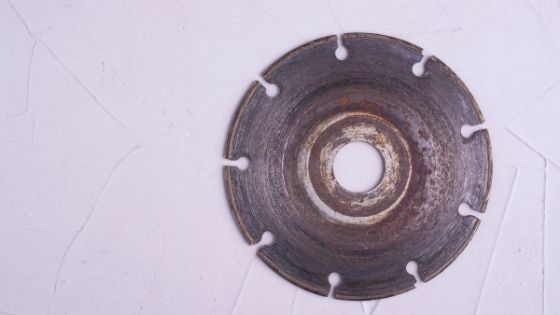Our economy now is far distinct from years ago. With the rise of commercial building facilities, concrete prevails as the world’s leading building material–a trend that has cemented itself into place with its unparalleled versatility and ability to be molded in any shape desired by architects.

Concrete is a construction material that’s made of aggregates that are bonded together by cement and water. In the building industry, concrete utilizes as a framework for most constructions. Most buildings, bridges, walls, and roads that you see around are of concrete materials.
The advantages of using concrete – its economical, water-resistant, high-temperature resistant, hardened with low maintenance, and applied in so many ways. To enhance the concrete and make it more decorative through cutting, you need top-quality sawing blades.
Diamond Blades are the best choice in creating clean and professional-looking cuts of concrete. It is the best tool to make work effortless, seamless, reliable, and practical. With this tool, surely you can achieve precision cuts.
What are these blades made of?
Before jumping into the application, it is best to have enough knowledge about this impressive tool. So, you will attain a triumphant work experience.
This blade has two major parts:
- Steel core. A flat round metal disc where the diamonds are attached. The steel core supports other parts.
- Segment. It is the cutting part. It is made of diamonds and metal bonds. The diamond used here is synthetic to produce a precise cutting speed and longer blade life.
The quality of diamonds is an important consideration. Good quality diamonds can hold more extended temperatures. Hence, it is best to check the quality of the blade before purchasing it.
On the other hand, the bonds keep the diamonds in place before exposing them to the subsequent layer of the diamond. Therefore, bonds must possess accurate and various combinations to complete the required wear rates.
How does it work?
First of all, they don’t cut the material, but they grind. Friction is the technique used to scrape. The diamond crystal grinds the material, while the bond or matrix accommodates the diamond in place.
As it rotates, the diamond gets exposed that cuts the material into powder. This cycle continues until the diamond crystals and metal segment bond have disappeared, meaning it is time for another new blade. According to the Metal Bond Concept, more abrasive materials cut better with softer bonds and vice versa.
Diamond Blades also has two primary methods in cutting: wet and dry cutting. Heat is one of the determinants that affect the blade. Water diffuses heat and extends the durability of the blade. Meanwhile, dry cutting is for light tasks.
Do’s and Don’ts when Using the Blades
Here are some tips you need to know before you get started so that you can get the most of your blades and avoid beating them up:
- Don’t allow the blade to overheat.
- Do use a soft bond to cut hard materials and vice versa.
- Do follow the manufacturer’s recommendation and consult them if there is unknown abrasiveness.
- Do check the aggregate type before cutting.
- Do check the saw before you operate and the mounting flanges.
- Don’t stand in direct line of the blades during start-up operation.
- Do operate with proper attire.
- Don’t neglect saw maintenance.
Conclusion
Diamond Blades is the right tool in achieving precision and decorative cuts. Having substantial knowledge about it. Following accurate methodologies will also help you get your job done right!
